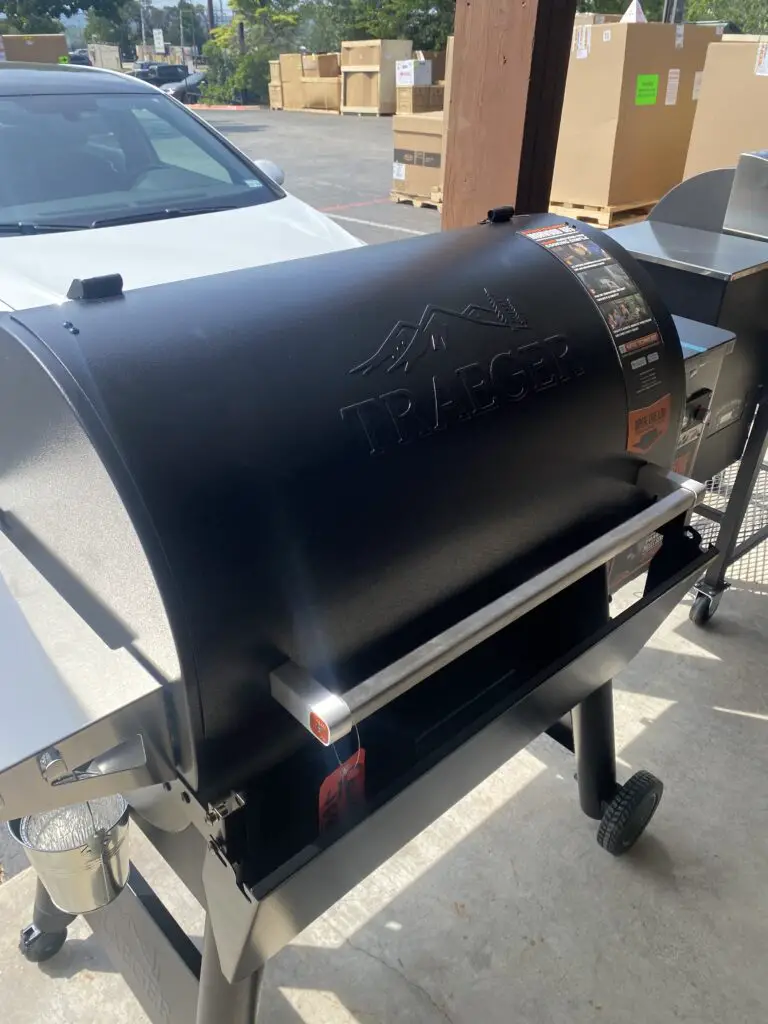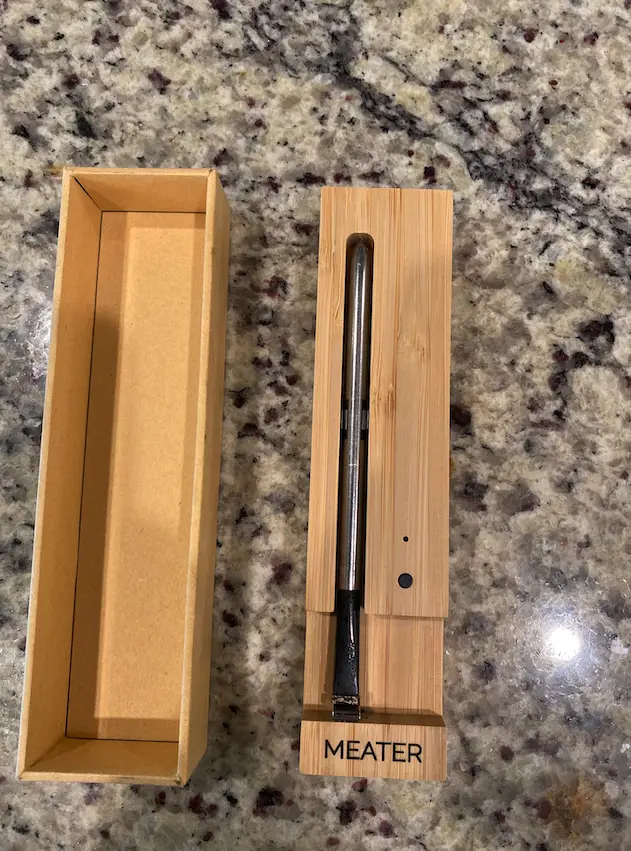We strive to provide you with authoritative, trustworthy, and expert advice. In doing so, the staff at bbqdropout.com performs extensive research, editing, and fact checking to every post on this webiste. If you feel that this article can improve, please feel free to reach us at staff@bbqdropout.com
Before continuing this article, I wanted to let you know that I have a YouTube channel where I showcase all sorts of video content related to BBQ. Subscribing would mean a lot to me, and I very much appreicate all the support!
Traeger not holding temperature
The Traeger grill, like any grill, cooks on an average of temperatures over a long period of time. Some fluctuations of temperature are normal and are to be expected. While a fluctuation of 15 or even 20 degrees F is typical, bigger fluctuations indicate that something is wrong.
Also, it takes any grill time to come up to the desired temperature. Patience is a necessary virtue in grilling.

However, if your grill is not holding its temperature or if you want it to run hotter, there are a few methods that you can try to make your grill perform better.
Traeger Tailgater not holding temperature
The Traeger Tailgater works very much like any other grill, and has many of the same considerations.
The grill should be kept clean and any ash and grease removed from the firebox and the vents. It should be set up in a sheltered area away from high winds, and is affected by temperature. Fuel quality is important; the fuel should be dry.

In addition, if the temperature does not rise, or goes down, check the augur and the fuel supply.
The augur pulls the fuel from the middle of the pile. Sometimes, the fuel will not settle properly as it is pulled, and the augur essentially makes a little tunnel in the fuel pile. When this happens, no fuel is drawn into the augur, and it delivers nothing to the firebox.
Why is my Traeger temperature going down?
Grill temperatures are affected by outside weather conditions. While the grill is designed to reach and keep temperature in even the coldest weather, the external temperature can cause wild fluctuations. Making sure that the grill is sheltered from wind and rain or snow can help prevent fluctuations.
Fuel quality is also important for maintaining steady heat. The pellets should be dry and new.
Different types of fuel burn at different temperatures, and you may wish to change the type of fuel pellet to experiment.
Check the augur to make sure it is delivering a steady flow of pellets to the firebox.
If the hopper runs out of pellets, this may cause the temperature to go down, or the fire to go out and you may need to restart the grill.
The grill needs to be started correctly, and allowed to go through an entire cycle with a proper shut down. Failure to start the grill correctly can cause the temperature to fall or the grill to go out altogether.
The lid should fit the grill properly, with no more than a quarter-inch gap. A larger gap can allow air into the grill, which can reduce the heat.
The induction fan must run properly to ensure air gets to the grill. If it is malfunctioning, the temperature may not rise, or the grill may not run at all.
How do I make my Traeger temperature go back up?
Make certain the grill is in good working order. The augur, induction fan, thermocouple, and hot rod all need to function correctly for the grill to work. If any of the parts are defective, they should be replaced.
Make sure the grill is very clean. The air vent needs to be free of ash and grease, and the firebox needs to be clean. The surface needs to be clean for the grill to heat properly.
Make sure there is no more than a one inch gap between the smoke stack cover and the smoke stack. Make sure the lid fits tightly against the grill with no more than a one-quarter inch gap between the two.
The grill also needs to have a good airflow. If the grill is placed snugly against a wall, air cannot enter the grill easily. So, while the grill should be sheltered in bad weather, it should be able to have good air circulation..
The bottom of the grill can be lined with firebricks to hold heat and prevent heat loss.
Keep the lid closed. Sometimes the lid needs to be opened to check the meat, but anytime the lid is opened, heat is lost. So avoid the temptation to look simply for looking’s sake.
Traeger Temperature Calibration
An accurate temperature reading is vital information when grilling. The thermometer must be accurate if it is to be useful. To ensure an accurate reading, the thermometer must be calibrated. There are two ways to calibrate the thermometer on a Traeger.
1) The temperature can be checked by placing the thermometer probe in a glass of ice water. To calibrate the thermometer using ice water, turn the grill on and plug in the probe.
Select Probe Calibration from the Settings option on the Menu. Put the probe in the ice water for sixty seconds. After sixty seconds, select Calibrate Probe. The probe should now be calibrated.
2) If you have another thermometer known to be calibrated accurately, you can use it to calibrate the probe on the grill. Select Probe Offset from the Settings option on the Menu.
You can then rotate the knob to adjust the temperature reading of the probe one degree at a time within a range of + 15 degrees F.
Final Thoughts
Grill temperature is very important for cooking food correctly, and for preventing food-borne illnesses.
Keeping your grill clean and well maintained, selecting a site carefully when you grill, and taking care to ensure that your temperature readings are accurate can help you keep your grill at an optimum temperature.
Robert is a certified Pitmaster, with over a decade of experience in smoking the best meats you’ll ever feast upon. He also has a Bachelor of Business Administration from the University of Texas at San Antonio. When he’s not researching technical topics, he’s most likely barbecuing in his backyard.
